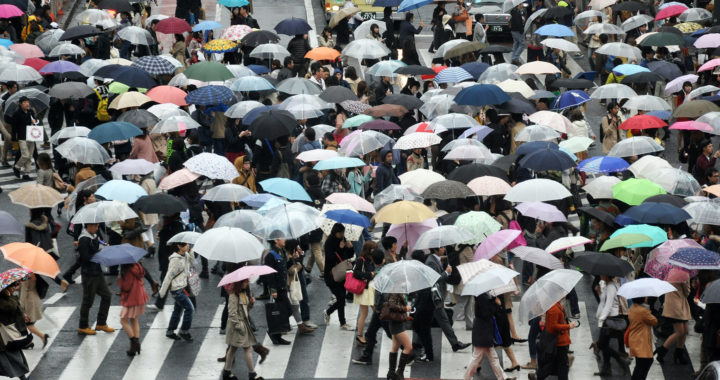According to the Organization for Economic Cooperation and Development or OECD, unemployment is a situation in which individuals who are employable given their age and other qualifications are actively seeking a job but are unable to find one.
In a particular economy, this is measured by the unemployment rate or the percentage of unemployed people in the entire labor force. The total labor force includes all employable individuals who are either working or actively looking for work.
Four Major Types of Unemployment
There are four major types of unemployment. Each provides an insight into the general causes of unemployment. These are frictional, structural, seasonal, and cyclical unemployment. Take note of the following for further details:
1. Frictional: Results from workers looking for another work or changing careers individuals. This essentially occurs because of the time it takes to match qualified job seekers with available jobs.
2. Structural: This occurs when available jobs in the market do not match the qualifications of the workforce and when qualified workers do not live where the available jobs are located. There is fundamentally a mismatch between the workforce and the industries and markets.
3. Seasonal: There are jobs that are seasonal and respond to the changes in the supply and demand of labor. An example is the months or weeks leading to the Christmas and overall Holiday season that often increase the demand for labor before decreasing again in the first months or weeks of the new year.
4. Cyclical: Results from the normal pattern of the business cycle in which an economy experience recession after a period of expansion and peak as determined by a decline in its real gross domestic output or real GDP.
Considering the types of unemployment mentioned above, it is important to highlight the fact that promoting or increasing the employment rate in a particular economy requires understanding the exact reasons why there are unemployed workers in a given period.
Frictional unemployment is negligible. However, if it is structural, then the government should address the issue of the prevailing mismatch between the workforce and the needs of the industries and markers by revisiting its education system, evaluating the trends in the labor market and commerce, and reviewing the socioeconomic plan of the country.
Both seasonal and cyclical unemployment seem somewhat unavoidable. But the government can still use some form of intervention to create jobs. These include public spending through fiscal policy or promoting the operations of vocational and technical schools.





